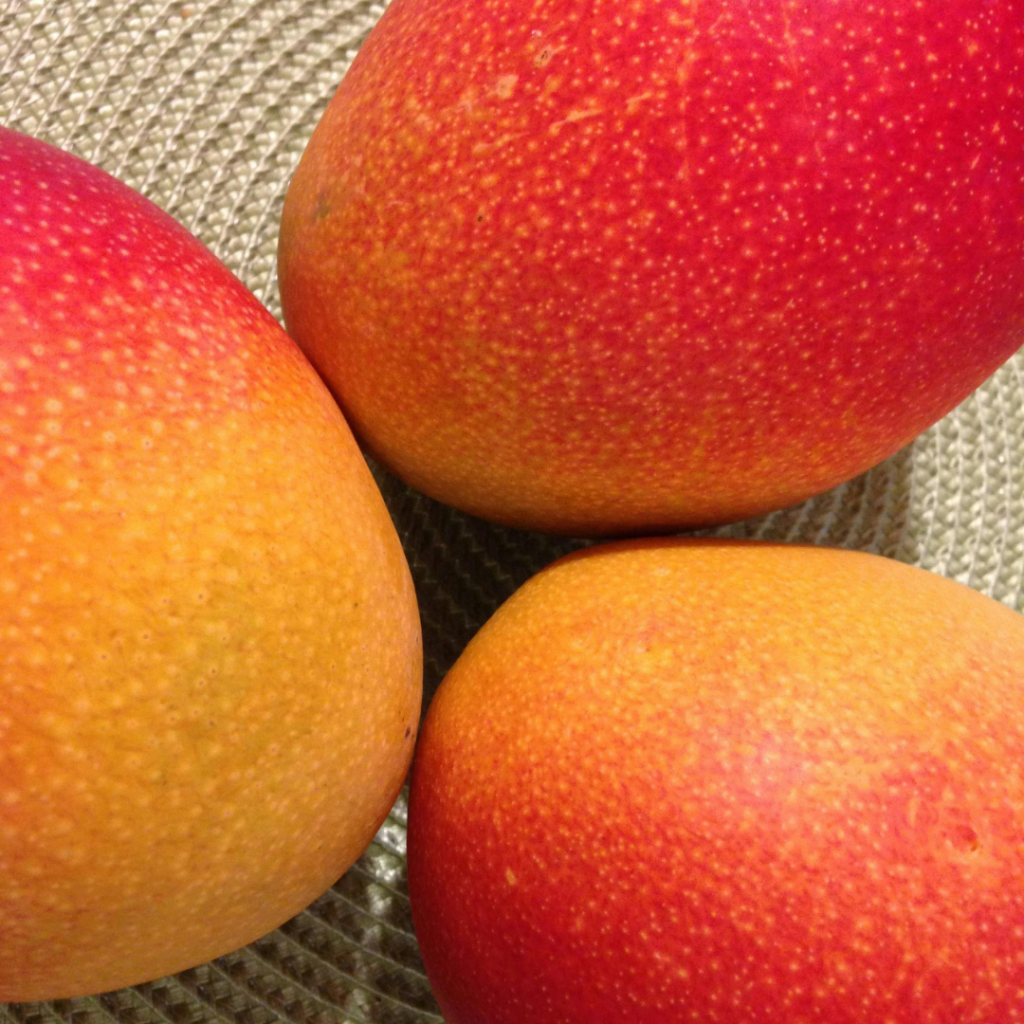A much-loved member of the terpene family, Myrcene combines a soothing and familiar aroma with a whole host of potential therapeutic effects – best of all, it’s found in one of Australia’s favourite seasonal treats: the mango.
Myrcene is pronounced MURR (like murky water) and SEEN (as in ‘I’ve just seen some great mangoes on sale!), certainly one of the least tongue-twister terpenes out there.
In fact, the term Myrcene is derived from the Greek word ‘myrcia’ which means fragrance, so if that’s anything to go by, you’re in for a sensual delight with this unique terpene.
Derived from various plants, including prescription alternative therapies, Myrcene is identified by its calming and sedative properties. Myrcene as a scent is often described as earthy, musky, and slightly fruity, reminiscent of cloves and ripe mangoes – depending on the product, this can become ultra-fruity and tropical. This fresh aromatic profile not only adds depth to the fragrance of different strains but also contributes to its potential therapeutic benefits.
Fun fact: Mangoes naturally contain myrcene, and consuming mangoes before consuming alternative therapies may potentially enhance the effects of active compounds due to the myrcene content. This is because myrcene is believed to aid in the absorption of plant medicine actives in the bloodstream – this has not been thoroughly researched, but certainly something to keep in mind, as it could lead to stronger and more long-lasting effects on the mind and body.
Myrcene’s superpower is its ability to enhance the effects of other components of plant medicine, know also as the ‘entourage effects’, which suggests that terpenes like Myrcene work synergistically with other compounds to enhance their effect, which means you get more from your existing active prescriptions.
However, Myrcene isn’t just a great team player, with studies showing that Myrcene exhibits analgesic, anti-inflammatory, and muscle-relaxant effects, making it a useful component of alternative therapies. With such calming properties, Myrcene is a night-owl, doing the hard yards while you rest and unwind – ideal for those treating chronic conditions that are especially present at night.
Myrcene’s therapeutic benefits extend beyond its sedative effects, with emerging research suggesting some potential in managing pain and inflammation. By modulating the body’s endocannabinoid system and interacting with neurotransmitter receptors, myrcene may offer a natural alternative to managing pain.
To incorporate Myrcene into your alternative medicine plan, consider introducing some dietary sources of Myrcene into your diet, like mangoes, hops and lemongrass (a great pre-sleep tea blend), and ask your prescriber if Myrcene features within any of your current alternative therapies prescriptions.
So, bring on the next mango season, and explore the myriad of Myrcene magic that might just be working behind the scenes for you already!
Disclaimer: The information provided here is for educational purposes only and should not be considered as legal advice. For accurate legal guidance, please consult with relevant legal authorities or a qualified professional.

